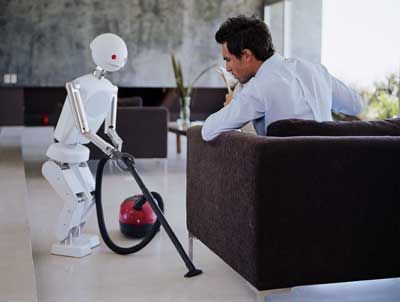Key Takeaways
- Frost-free refrigerators prevent frost formation by using a timer, heating coil and temperature sensor to periodically warm the coils, melting any accumulated ice.
- Every six hours, the timer activates the heating coil, which is wrapped among the freezer coils, to melt the ice off without manual intervention.
- While this automatic defrosting method takes energy and can cause slight temperature fluctuations in the freezer, it eliminates the need for manual defrosting, making it a convenient feature for modern refrigeration.
If you have an old refrigerator or one of the small dorm refrigerators, you know all about the frost that forms around the coils that cool the freezer. If you let it build up long enough, the frost can get 6 inches thick and eventually there is no room to put anything in the freezer.
This frost forms when water vapor hits the cold coils. The water vapor condenses -- turns to liquid water. Think of the water beading up on a glass of iced tea on a summer day -- that is an example of water vapor in the air condensing. The same thing happens on the ice-cold freezer coils, except that when the water condenses onto the coils it immediately freezes.
Advertisement
A frost-free freezer has three basic parts:
- A timer
- A heating coil
- A temperature sensor
Every six hours or so, the timer turns on the heating coil. The heating coil is wrapped among the freezer coils. The heater melts the ice off the coils. When all of the ice is gone, the temperature sensor senses the temperature rising above 32 degrees F (0 degrees C) and turns off the heater.
Heating the coils every six hours takes energy, and it also cycles the food in the freezer through temperature changes. Most large chest freezers therefore require manual defrosting instead -- the food lasts longer and the freezer uses less power.
Advertisement

